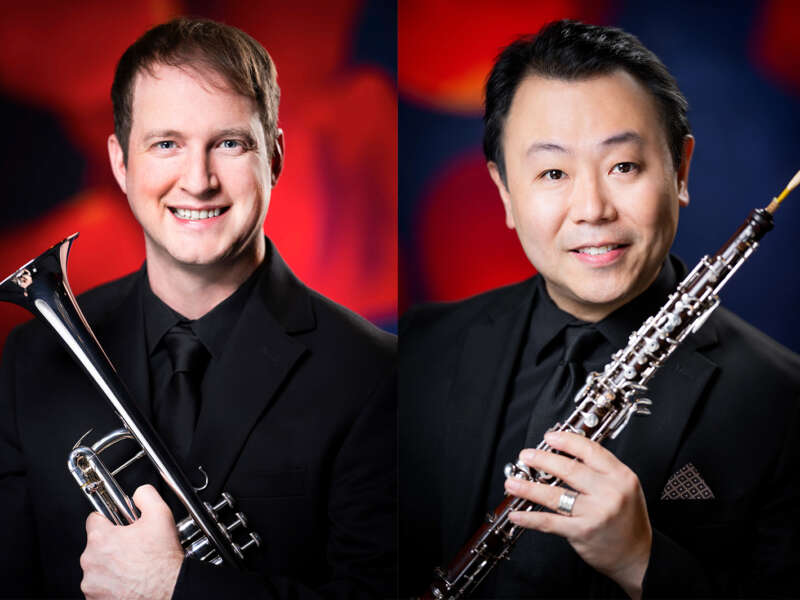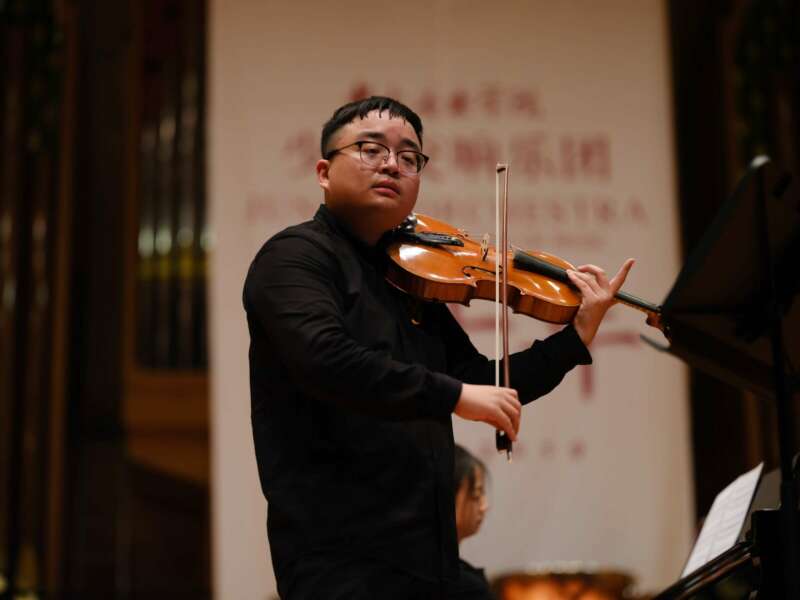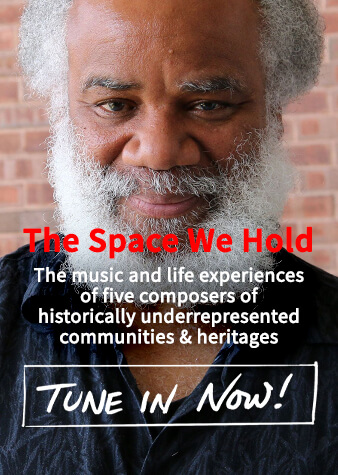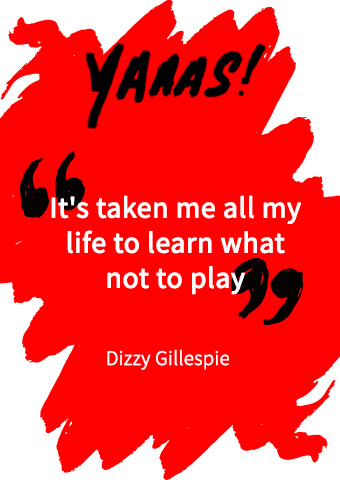Composer Arturo Marquez's New Violin Concerto "Fandango"
The piece was world-premiered by violinist Anne Akiko-Meyer, conductor Gustavo Dudamel, and the Los Angeles Philharmonic at the Hollywood Bowl on August 24th, 2021
The concerto presents three movements: "Folia Tropical," "Plegaria," and "Fandanguito."
"The Fandango is known worldwide as a popular Spanish dance and specifically, as one of the fundamental parts of flamenco," Arturo Marquez said. "What is little known is that immediately upon its appearance in Spain around the 18th century, the Fandango moved to the Americas where it acquired a personality according to the land that adopted and cultivated it. For centuries, it has been a special festival for musicians, singers, poets, and dancers. Everyone gathers around a wooden platform to stamp their feet, sing, and improvise the ten-line stanza for the occasion.
"In 2018, I received an email from violinist Anne Akiko Meyers, a wonderful musician, who proposed to me the possibility of writing a work for violin and orchestra that had to do with Mexican music. The proposal interested and fascinated me from that very moment, because of my admiration for her musicality, virtuosity, and, above all, for her courage in proposing a concert so out of the ordinary.
"I think that for every composer, it is a real challenge to compose new works from old forms, especially when this repertoire is part of the fundamental structure of classical music. Also, composing in this 2020 pandemic was not easy. Undoubtedly, my experience with this work has been intense and highly emotional but, I have to mention that I have preserved my seven capital principles: Tonality, modality, melody, rhythm, imaginary folk tradition, harmony, and orchestral color."
"The first movement, 'Folia Tropical,' has the form of the sonata or traditional classical concert: Introduction, exposition with its two themes, bridge, development, and recapitulation," Marquez added. "The introduction and the two themes share the same motif in a totally different way. Emotionally, the introduction is a call to the remote history of the Fandango; the first theme and the bridge, this one totally rhythmic, are based on the Caribbean 'Clave' and the second is eminently expressive, almost like a romantic bolero. Folias are ancient dances that come from Portugal and Spain. However, the root and meaning of this word takes us to the French word 'Folie,' which means madness.
"The second movement: 'Plegaria' pays tribute to the huapango mariachi together with the Spanish Fandango, both in its rhythmic and emotional parts. This movement is the fruit of an imaginary marriage between the Huapango-Mariachi and Pablo Sarasate, Manuel de Falla, and Issac Albeniz — three of my beloved and admired Spanish composers. It is also a freely treated chaconne. Perhaps people know that the Chaconne, as well as the Zarabanda, were two dances forbidden by the Spanish Inquisition in the late 16th and early 17th centuries, long before they became part of European baroque music.
"The third movement 'Fandanguito' is a tribute to the famous Fandangito Huasteco. The music of this region is composed of violin, jarana huasteca (small rhythm guitar), and huapanguera (low guitar with 5 orders of strings). The Huasteco violin is one of the instruments with the most virtuosity in all of America. It has certain features similar to baroque music but with great rhythmic vitality and a rich original variety in bow strokes. This third movement is a totally free elaboration of the Huasteco Fandanguito, but it maintains many of its rhythmic characteristics. It demands a great virtuosity from the soloist, and it is the music that I have kept in my heart for decades."
april 2024
may 2024




























![VC LIVE | Salon de Virtuosi Presents "Holiday Concert" [WATCH] - image attachment](https://theviolinchannel.com/wp-content/uploads/2021/12/Salon-De-Virtuosi-Holiday-Concert-800x600.jpg)

![VC LIVE | Young Concert Artists International Auditions — 2021 Winners Concert [WATCH] - image attachment](https://theviolinchannel.com/wp-content/uploads/2021/11/2021-Winners-Concert-image-1-800x600.jpeg)


